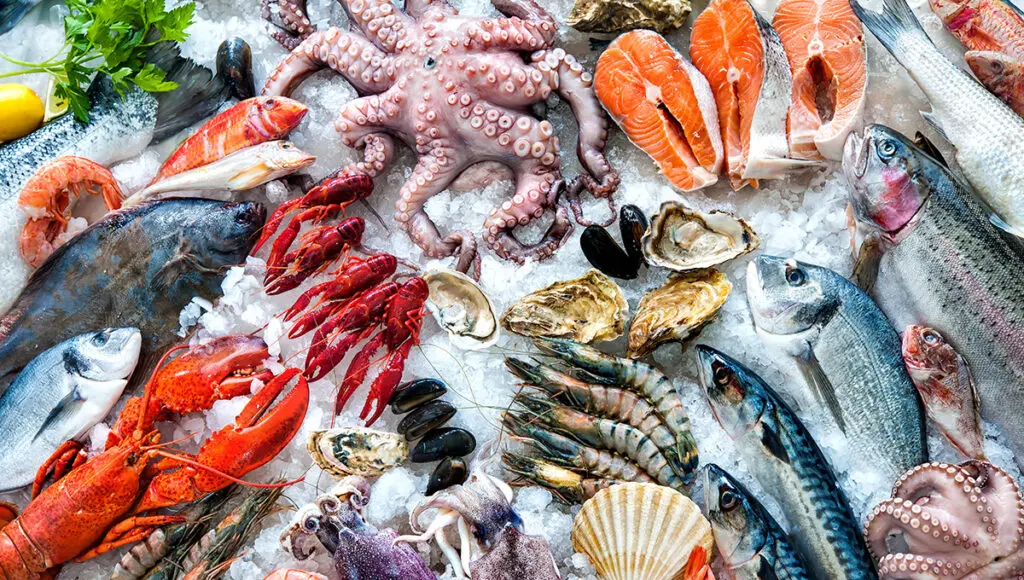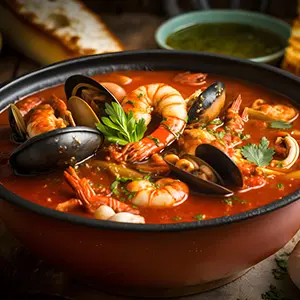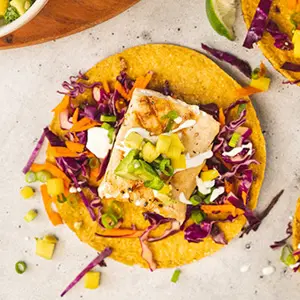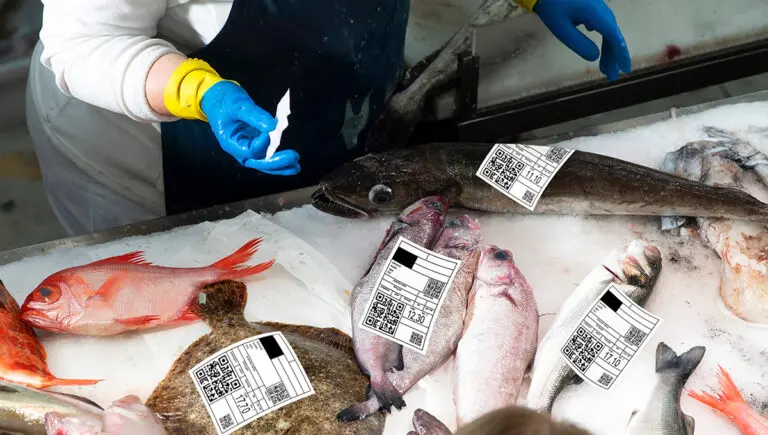Will the real seafood lovers please stand up, please stand up?
October is National Seafood Month in the United States, a time to celebrate culinarily the ocean’s bounty and promote the consumption of seafood in all its richness and diversity. From sea to shining sea, Americans are encouraged to explore the delectable offerings from the oceans.
While this month-long celebration may seem like just another one of those random appreciation events (October also happens to be National Pescatarian Month, and Bat Awareness Month, by the way), there are compelling reasons why it’s crucial that we pay attention to how much seafood we eat and why it should have a prominent place in our diets.
By choosing to eat more seafood, you’re also supporting local seafood businesses. Moreover, you’re helping sustain the traditional fishing way of life, which is deeply rooted in the history and culture of coastal towns and villages.
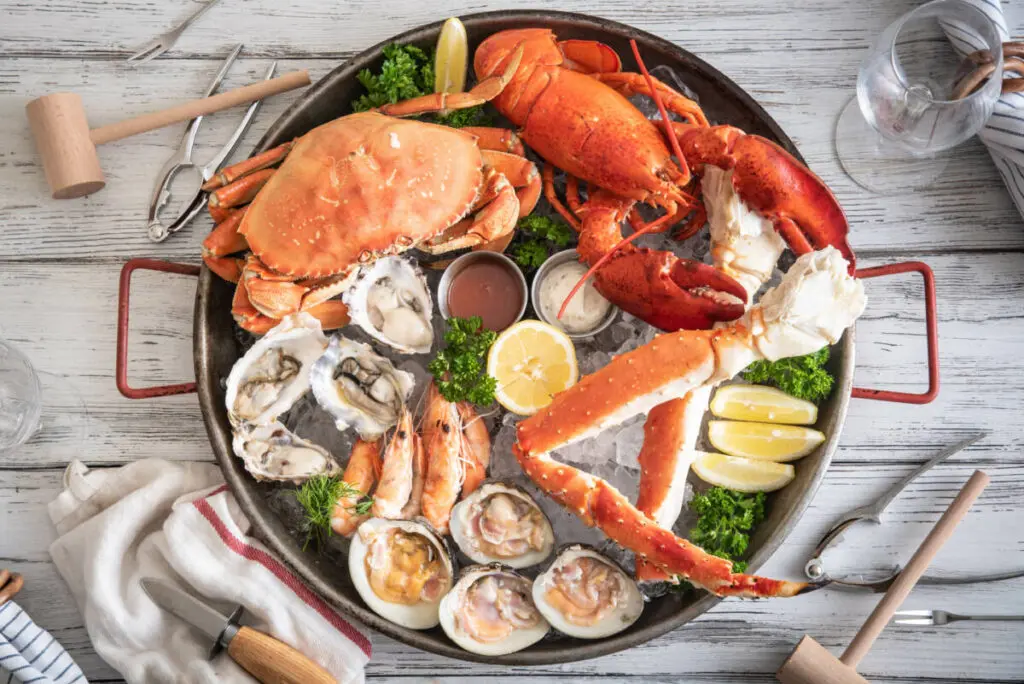
The health benefits of seafood
Research suggests the health benefits of seafood may be as vast as the ocean itself. Seafood is a rich source of essential nutrients such as omega-3 fatty acids, vitamins (like B12, D, and A), and minerals (such as iodine, selenium, and zinc). These nutrients play vital roles in maintaining our overall health. Omega-3 fatty acids, in particular, are renowned for their heart-protective properties, reducing the risk of heart disease and stroke. Moreover, they support brain health and development, making seafood a valuable addition to the diets of all age groups.
MORE: What Are the Benefits of a Pescatarian Diet?
Economic value of the seafood industry
Beyond its health benefits, the seafood industry has substantial economic significance in the United States. It provides jobs and contributes to local economies, especially in coastal communities. According to the National Oceanic and Atmospheric Administration (NOAA), the seafood industry supports over 1.7 million jobs across the country and generates billions of dollars in annual sales. In 2023 alone, the fish and seafood industry is estimated to generate $29.2 billion in revenue and is expected to grow by 4% annually over the next five years. By choosing to eat more seafood, you’re not only nourishing your body but also supporting the livelihoods of many Americans.
Environmental sustainability in U.S. seafood
One of the standout reasons for embracing domestic seafood during National Seafood Month — or any month, really — is the United States’ commitment to sustainability. The U.S. is a global leader in seafood sustainability, thanks to robust and transparent environmental standards. Various regulatory bodies, such as NOAA and the National Marine Fisheries Service, oversee fisheries and aquaculture practices, ensuring that they meet strict sustainability criteria. These standards include limits on catch, habitat protection, and monitoring to prevent overfishing.
U.S. seafood products: diverse and delicious
The United States is blessed with a diverse array of seafood delicacies. From succulent shrimp caught along the Gulf of Mexico to the pristine salmon of the Pacific Northwest, there’s something to tantalize every palate. The country’s seafood menu also includes heavenly options like lobster from Maine, blue crab from the Chesapeake Bay, and oysters from the Gulf Coast. These regional specialties reflect the unique flavors and traditions of coastal communities across the nation.
Harvesting and farming U.S. seafood
Seafood from the United States is primarily sourced through two methods: wild capture fisheries and aquaculture. Wild capture fisheries involve catching seafood directly from the ocean, while aquaculture entails the cultivation of seafood in controlled environments like ponds, tanks, or pens. Both methods have their merits. Wild-caught seafood tends to have a more natural flavor, while aquaculture allows for consistent availability and reduces pressure on wild populations.
What’s the most delicious way to observe National Seafood Month?
With simple and delicious seafood recipes, of course!
Incorporating seafood into your diet doesn’t have to be complicated. Some of the most flavorful and straightforward ways to prepare seafood include grilling, baking, and pan-searing. For example, a simple lemon butter sauce can enhance the flavor of grilled shrimp or baked salmon. Tossing seafood with fresh herbs and olive oil before roasting it in the oven can result in a mouthwatering dish. The possibilities are endless.
Here are some of our favorite seafood recipes to enjoy throughout National Seafood Month, and beyond!

